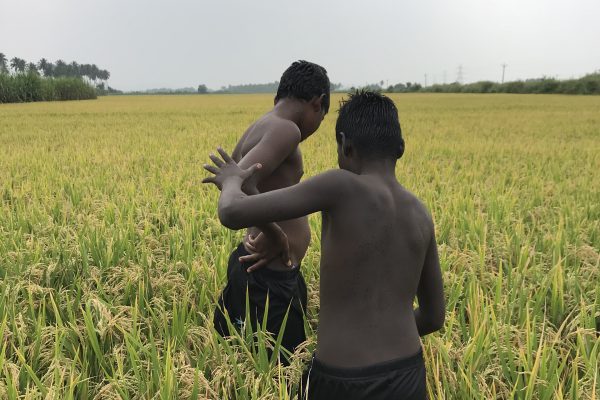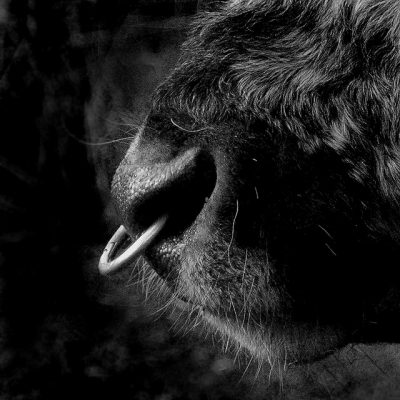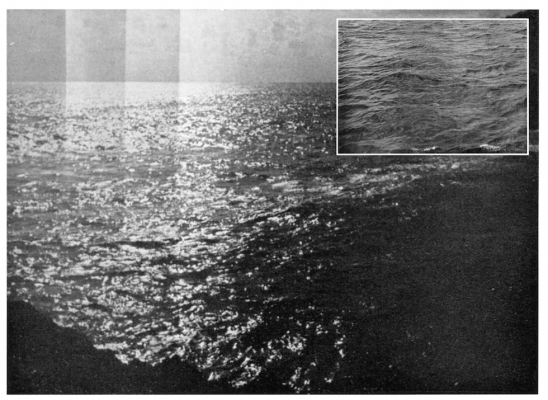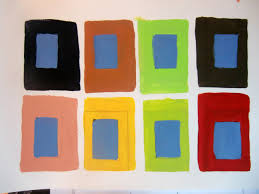In a photograph by Jaisingh Nageswaran, a boy is swimming in a river. His arm lunges forward, hanging mid-air. In another image, a young boy’s face is turned towards the sky. He leans back against the water, sunlight cast on his face, a small victory being celebrated behind tightly shut eyes. These are photos from DOWN BY THE RIVER: MULLAI PERIYAR (2020-21), a series Jaisingh shot on his iPhone while in a national COVD-19 lockdown in India. During this time Jaisingh has been photographing his home in Vadipatti, a town in the Madurai district of Tamil Nadu, the river Mullai Periyar which cuts right through it, and the people who live and work there.
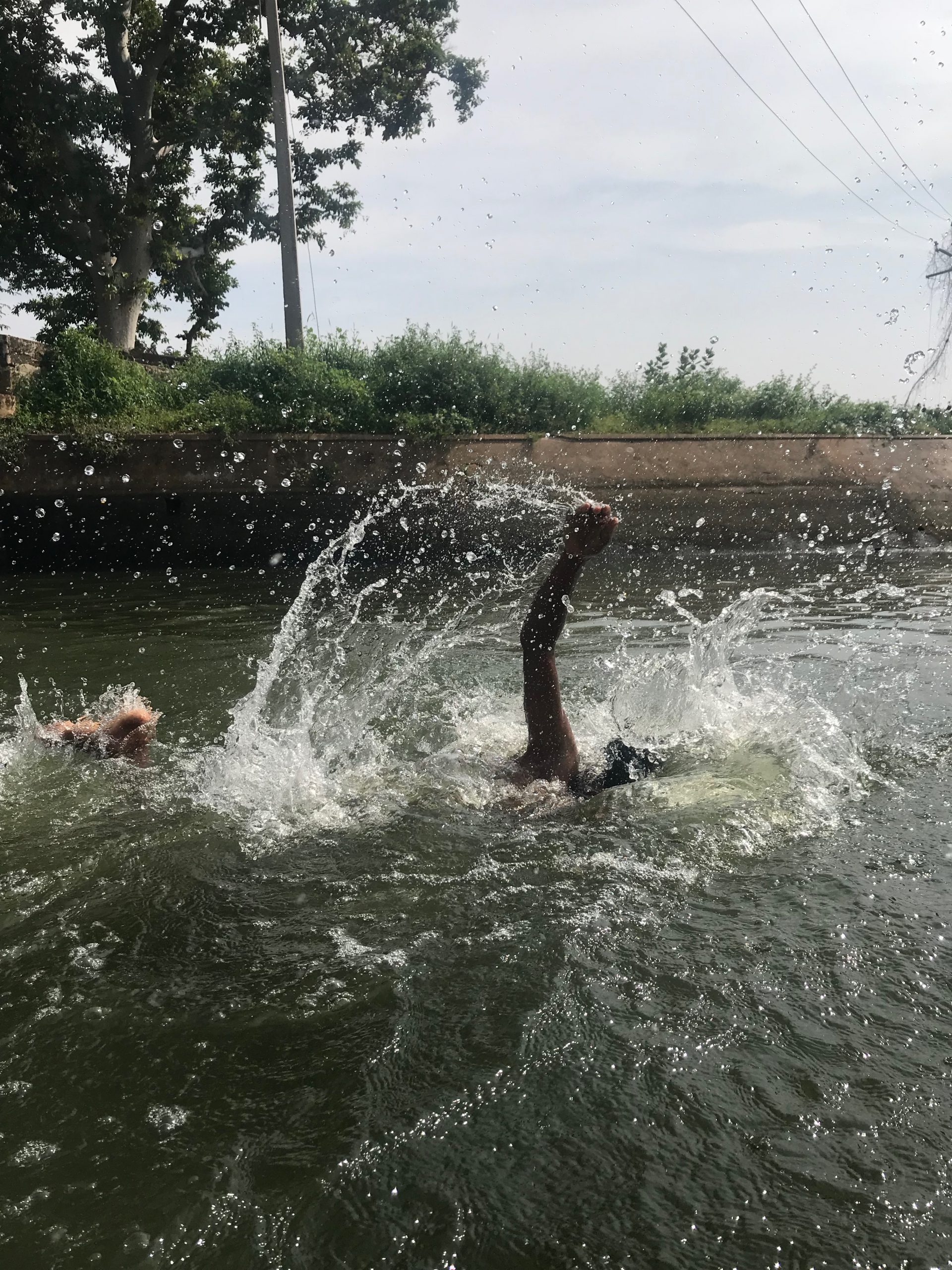
Jaisingh’s photos are full of sounds. The music of the Mullai Periyar leaks in: the naked laughter of adolescent boys, grandmothers calling names as if they were songs, watery giggles over fish caught in open palms, loud leaps into the river by small children, women washing clothes by the steps. ‘The whole village comes to the river,’ Jaisingh told me when we spoke last December. The community of washermen and women carry clothes to clean on the steps of the river. Agricultural and daily wage labourers come with their cattle to bathe them. Young boys with their grandmothers learn to swim by throwing coins in the river and diving in to look for them.
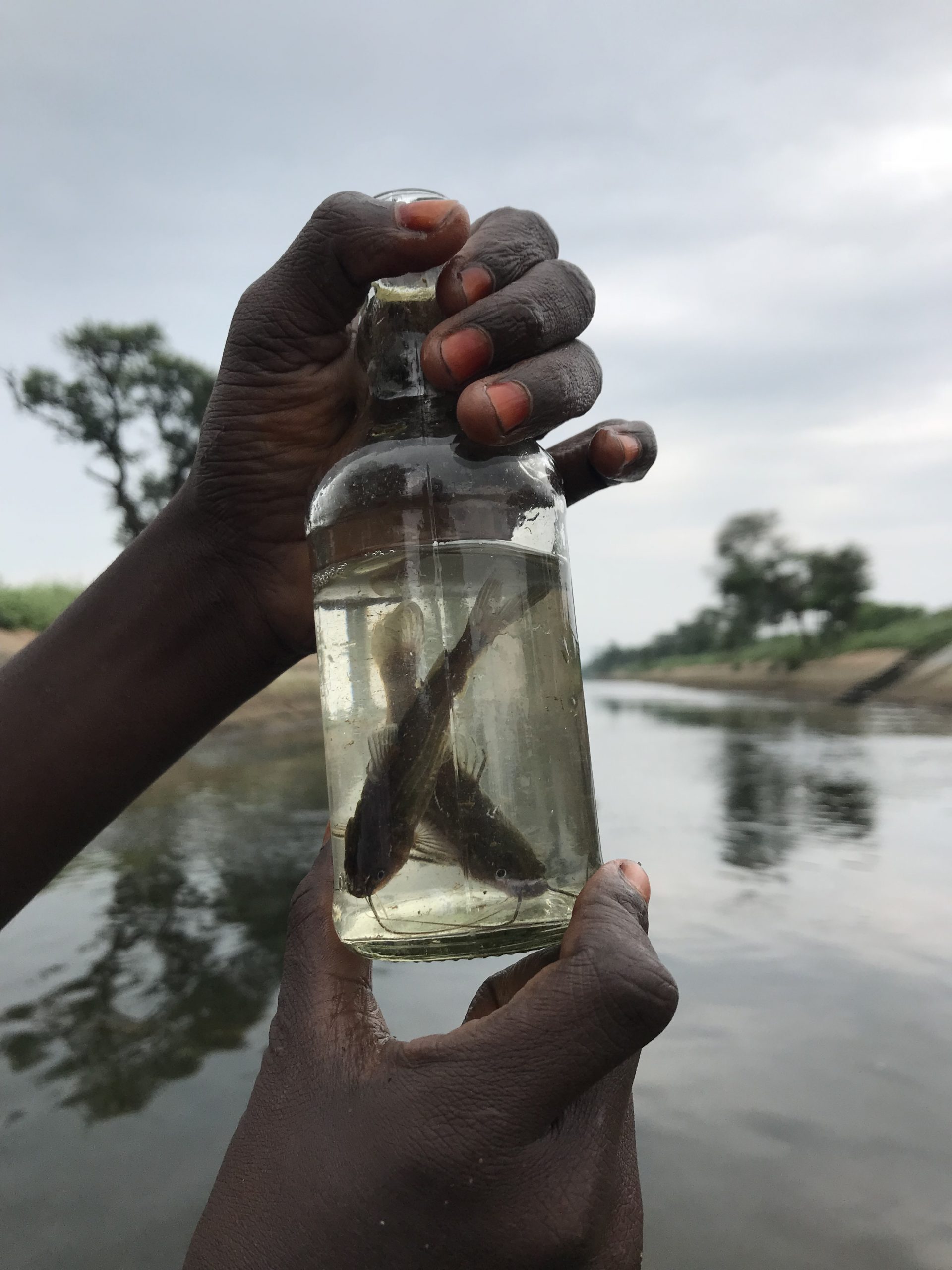
The Mullai Periyar is as accepting as it is revealing. The washermen and women and the daily wage labourers come from Dalit and Other Backward Class (a term the Constitution of India uses to categorise socially disadvantaged castes). Occupations in India are neither accidental nor determined by choice, but dictated by caste, yet Jaisingh refuses to let caste be the only narrative. ‘I want to capture the happiness of my people by our river,’ he says.
Jaisingh is the grandson of Ponnuthai, the first Dalit woman in the village to become a teacher. In 1960 she founded the Gandhiji Primary School, which later became the Ponnuthai Primary School. During the 1970s the school was routinely vandalised by upper-caste villagers. That a Dalit woman was teaching was unacceptable to them. In 1980 the school was demolished by a mob during a religious procession.
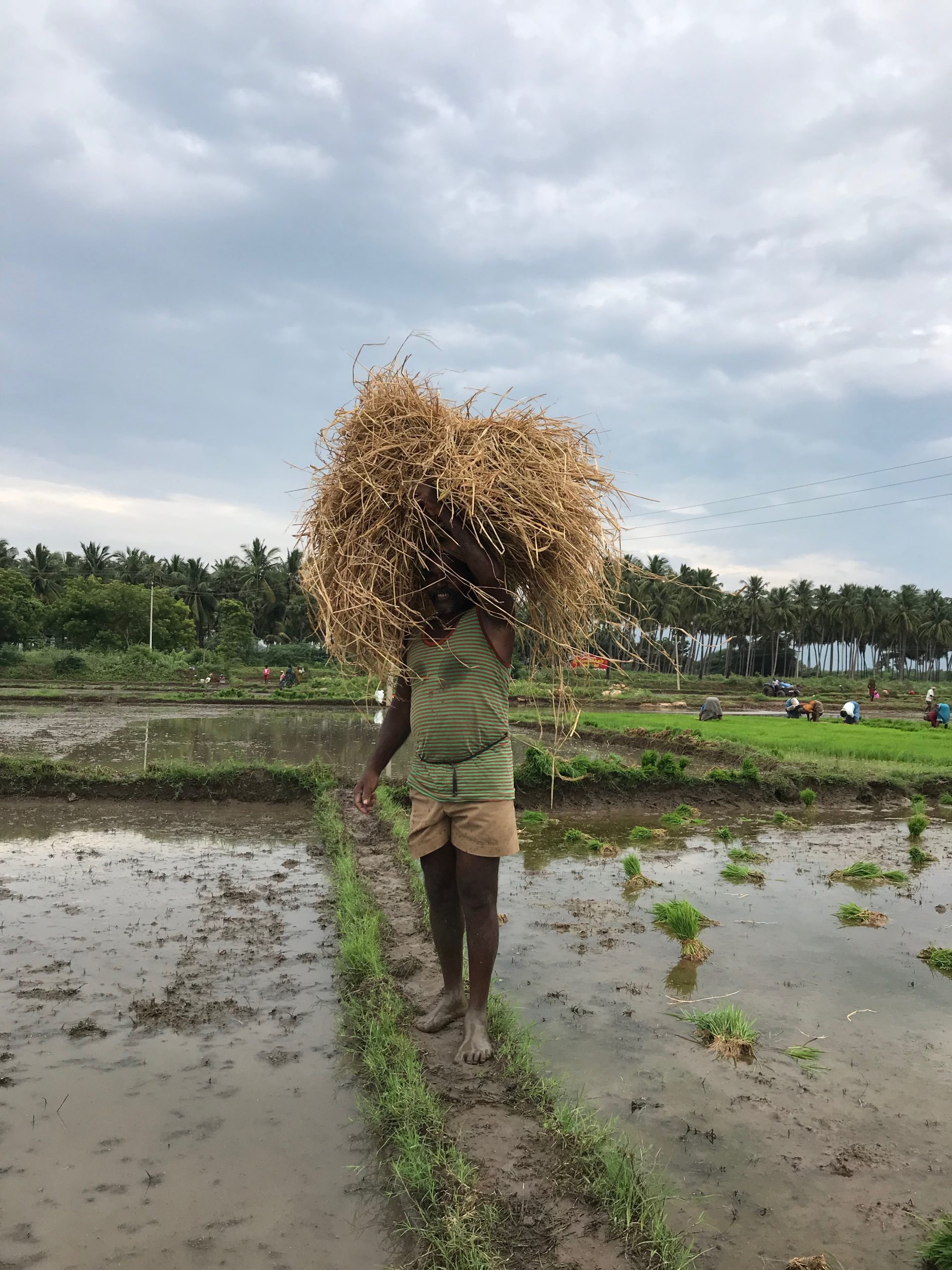
Ponnuthai shaped Jaisingh’s skills as a photographer. As a child, he walked with her to the paddy and rice fields, spending hours listening to her stories. Standing by Ponnuthai’s waist, looking up, he saw image after image through her eyes. Removing weeds with a sickle in hand, she told him of her fights with upper-caste villagers, of her fearless dealings with the police, and the many disputes with education officers. She never stopped teaching, and she couldn’t afford to stop working the fields. After her school was demolished she took to teaching classes under the trees.
Jaisingh found numbers and words difficult. It wasn’t until he watched the Bollywood film TAARE ZAMEEN PAR (2007), about a young boy struggling with dyslexia, that he recognised the nature of his own struggles. Ponnuthai taught him that the only way to be unafraid of the world was to find work to be absorbed by. Jaisingh did not stay in school, but Ponnuthai’s stories became what he calls his ‘raw materials’ for learning. His relationship to photography isn’t sustained by light, colour, composition, or angle, but by the objects and people of his home and village.

The idea that expertise, merit and talent are enough to sustain an artistic practice is a popularly upheld savarna (upper-caste) belief. Yet, hard work, hunger, and knowledge rooted in experience are far more powerful when it comes to truth-telling. While taking photographs of men washing their roosters, people working in the paddy fields, and vendors selling fruits and vegetables, Jaisingh stands close to those he photographs. Sometimes we are able to find him in the frame, to catch a glimpse of his silhouette in an old man’s eyeglasses. In the hands of a photographer with expertise, who may only know how to use the camera as a tool, identities can become performative instruments. In Jaisingh’s photographs, trust and love supersede everything else. He continues to see the world standing by Ponnuthai’s waist.
